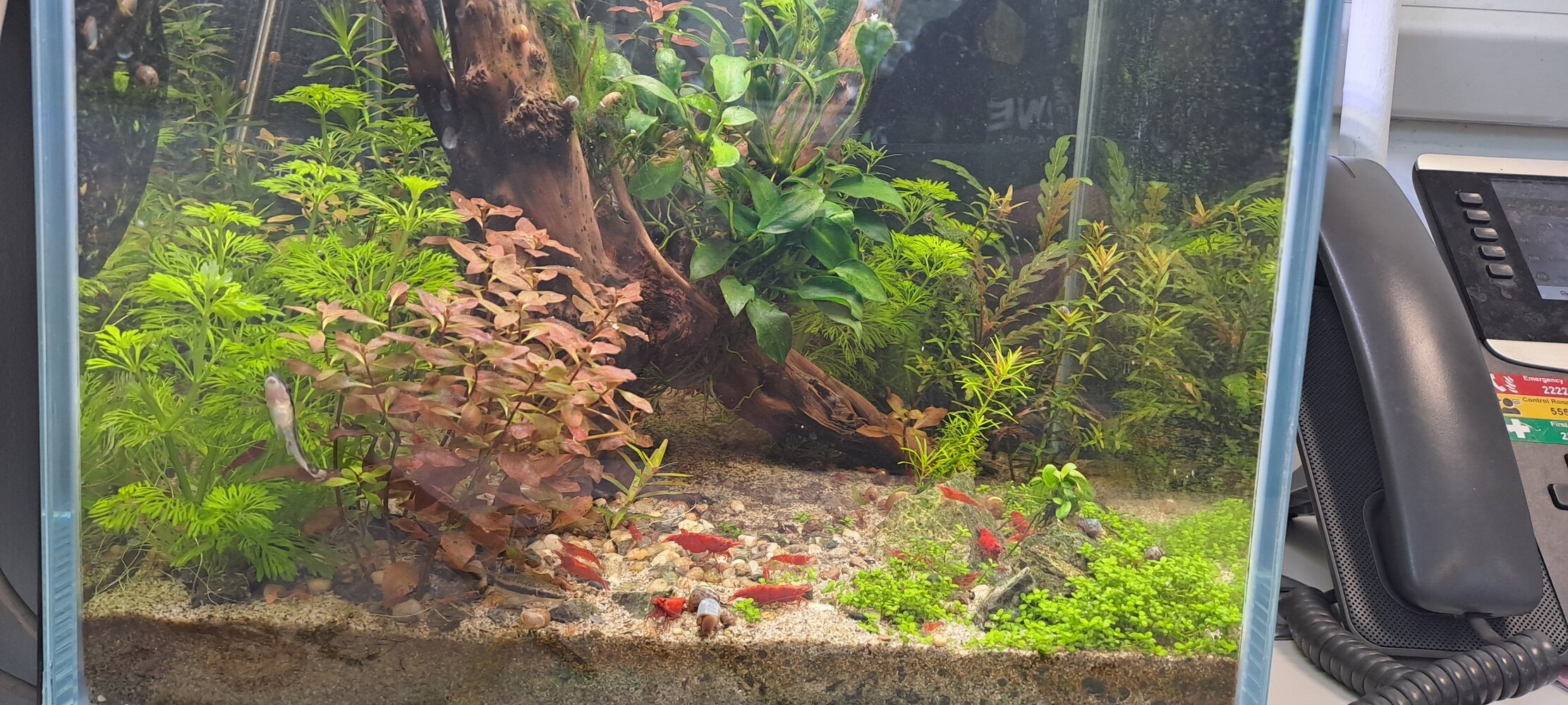Hi all,
I expect success is contingent on a dense covering of floating plants to soak up all that light
I'm pretty sure it is. I always have, at least one, floating plant.
My initial theory was that if there is "
spare" PAR a plant will use it, and I'd rather that plant <"
was a plant">, rather than a green algae. I got the idea from tropical forests, <"
where multiple vegetation layers"> soak up all the PAR on the way through the canopy. If you have a lagoon in the forest (<"
Ox bow lake or similar">) the same process occurs, the plants using up all the PAR. There are pictures in
@taistrietman's thread <"
Plants to photograph for my book">.
I initially ran my setups on higher lighting but found turning the lighting down made algae much less problematic.
Definitely what a lot have people have found, basically if you have nutrients, water and light plants are going to grow. If I wanted to grow a lot of green algae (either planktonic or attached)? I'd go with intense light and plenty of nutrients, with ammonia (NH3) (probably from an organic source) as my fixed nitrogen supply.
I don't know there is anything other than anecdotal data but my impression is that high lighting intensity is more of an algae driver than extended lighting durations.
I think low tech. <"
you are right">. High tech. people often use short duration photo periods, but I've never kept a high-tech tank.
LCP as a concept I also understand, just not well enough to act on usefully... I don't know what the actual measured intensity of my lighting is at any depth, and I don't know the LCP values for different types of plants either.
We just don't know what the LCP values for most of the plants we grow. At the very top end you can winnow out those plants <"
with a high LCP">, they are the <"
turned up to eleven"> plants. At the <"
bottom of the range of possible LCP values">, I'd look for slow growing, chlorophyll rich, ferns and bryophytes - <"
Name some SUPER low light plants">.
cheers Darrel



